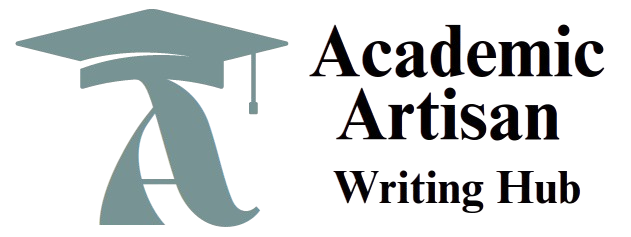WhatsApp Number: +1(249) 265-0080
Early Childhood Bullying Prevention
Bullying
Bullying is a complex and relevant topic in today’s society when it comes to challenging behavior. According to stopbullying.gov, “Bullying is unwanted, aggressive behavior among school aged children that involves a real or perceived power imbalance. The behavior is repeated, or has the potential to be repeated, over time” (n.d., para. 1). In order to be able to have a positive effect on children who are bullying others, or who are being bullied, we must understand what bullying is, how it develops, and how we can prevent it.
To prepare for this discussion,
- Refer to the Week 5 Instructor Guidance for tips and examples that will support your success on this discussion.
- Read Chapter 13: Bullying.
- Read Bullying Prevention Strategies in Early Childhood EducationLinks to an external site..
- Choose one of the options below to watch a video (or videos) of a reading of a picture book on bullying:
In your initial response,
- Provide the title of the picture book you watched in the first line of your post.
- Define bullying.
- Explain your role in helping to prevent bullying with the children you work with.
- Describe how you would use the chosen picture book story to teach strategies about bullying.
Check our essay writing services here
Early Childhood Bullying Prevention
Definition of Bullying:
Bullying is a deliberate and aggressive behavior repeated over time that targets another individual perceived as vulnerable or different. As defined by stopbullying.gov, it involves an imbalance of power—whether real or perceived—and causes emotional, social, or physical harm to the victim. It can be verbal, physical, social, or cyber in nature, and often leads to long-term consequences for both the bully and the child being bullied.
My Role in Preventing Bullying:
As an early childhood educator, my role in bullying prevention begins with creating a classroom culture of kindness, respect, and empathy. I act as a model for positive behavior by showing how to resolve conflict peacefully and express emotions constructively. I closely observe peer interactions, intervene early, and coach children on how to use their words, stand up for themselves, and include others. I also engage families and provide resources to ensure consistent messaging between home and school.
Proactive teaching is crucial. This includes helping children name their feelings, identify what is hurtful behavior, and understand that everyone has value. I also reinforce daily that no one should be excluded or mistreated for being different. Bullying prevention is about building emotional literacy and social awareness from the ground up.
Using One to Teach Bullying Prevention:
One by Kathryn Otoshi is a powerful and simple picture book that uses colors and numbers to explore bullying, courage, and inclusion. The story begins with Blue, a quiet color who is bullied by Red. While others like Green, Yellow, and Purple notice Red’s behavior, they remain silent—until One shows up and speaks out.
I would use this book in a classroom circle time setting and


